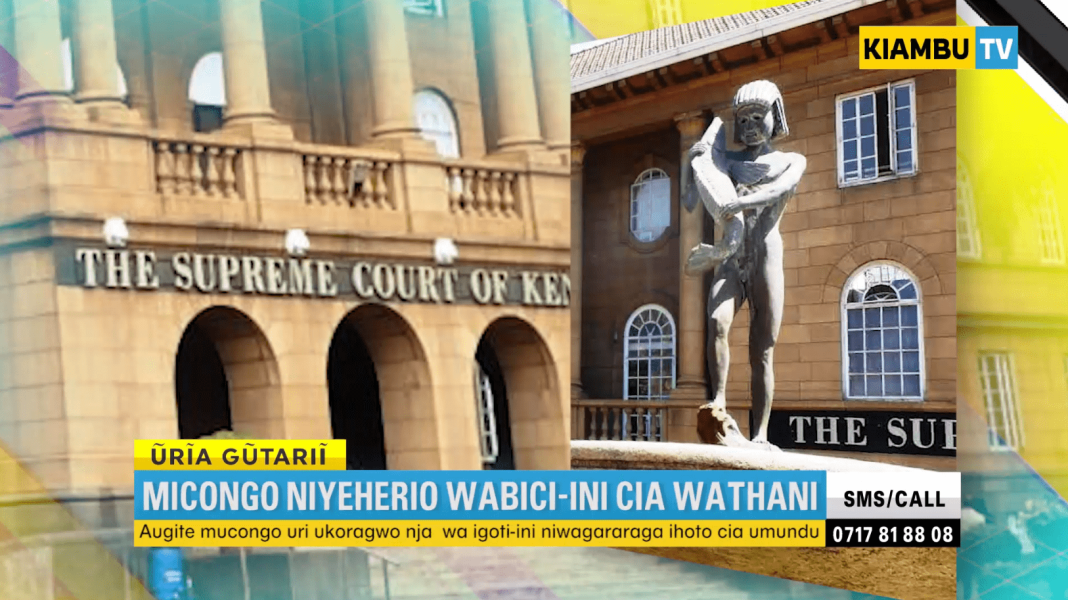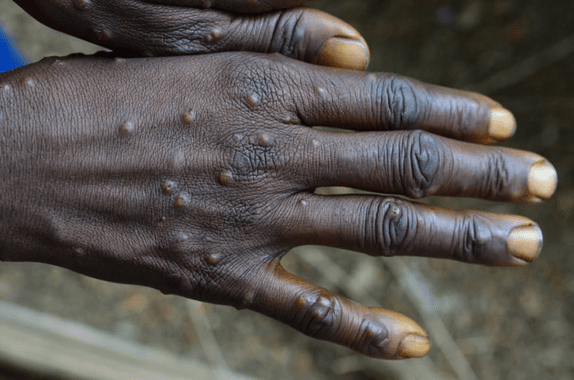A resident of Ndenderu, Kiambaa constituency, has formally petitioned the Judiciary to remove a controversial naked boy statue at the Supreme Court of Kenya. The petitioner, John Mweha Kariuki, argues that the statue is culturally demeaning, offensive, and misaligned with Kenyan values and legal principles.
In his petition to Chief Justice Martha Koome, Kariuki calls for the statue’s immediate removal. The statue, commissioned during the colonial era by Mrs. Gertrude Hamilton in honor of her husband Alexander George Hamilton, has been a fixture at the court for decades.
Kariuki believes the statue fails to reflect the dignity, respect, and justice that are fundamental to Kenyan society. He argues that the naked depiction of a young boy is not only culturally insensitive but also offensive, undermining key values in the Kenyan Constitution, particularly those related to human dignity, social justice, and cultural respect.
The petitioner further emphasizes that as a colonial symbol, the statue is out of place in post-independence Kenya. He contends that keeping such symbols contradicts Kenya’s efforts to decolonize its institutions and establish a judicial system that resonates with Kenyan heritage and identity. Kariuki also notes that the statue’s symbolism, such as the boy holding a slippery fish, could be seen as representing instability in justice—an image that he believes erodes public trust in the judiciary.
Kariuki recommends that the Judiciary initiate a public consultation process to select a more appropriate symbol that embodies Kenya’s legal values and national identity. He also calls for the removal of other colonial-era statues and engravings from government buildings, especially those that do not resonate with Kenyan cultural values.
He also highlights other controversial symbols, such as the engravings at the entrance of the National Assembly, which he claims resemble ritual skeletons and could negatively influence the nation’s affairs. Kariuki argues that these symbols should be replaced with ones that celebrate Kenya’s heritage and identity.
Beyond the cultural and legal concerns, Kariuki’s petition also calls for national prayers within government buildings constructed during the colonial era. He suggests that these prayers could help break any negative influences from colonial symbols and attract divine blessings to the nation, referencing biblical scriptures to support his appeal.
Kariuki’s petition represents a broader call for Kenya to reevaluate the symbols that represent its legal and governmental institutions. As the Judiciary considers this petition, the debate over the appropriateness of colonial-era symbols in modern Kenya is likely to intensify, with significant implications for how the nation defines its identity and values in the post-colonial era.







Thanks for sharing. I read many of your blog posts, cool, your blog is very good. https://www.binance.info/cs/register?ref=S5H7X3LP
Efficient, effective, and always eager to assist.
buy generic lisinopril without rx
Their patient care is unparalleled.